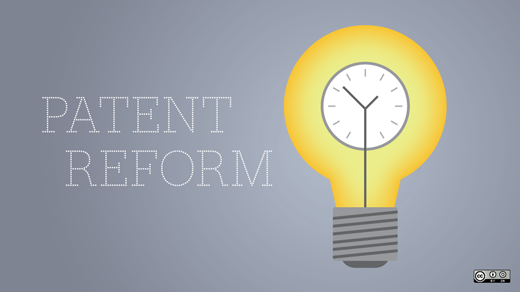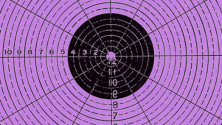Does the Apple-Samsung case have a silver lining? For the open source community, the large damages verdict is disturbing, but at least it is drawing public attention to some of the deep problems of our patent system. This week the New York Times ran a front page story on the jury’s verdict that said, “The case underscores how dysfunctional the patent system has become.”
The definition of “dysfunctional” is relating to “abnormal or impaired functioning.” (Merriam Webster) The word fits well here. As one expert noted in the Times story, patents “are supposed to be an incentive for innovation.” That’s not the way they’re working in the smartphone wars. Instead, entrenched players are using them to tax competitors, or even to block them from the market. To the extent patents block competitors and reduce competition, innovation is likely to suffer.
One difficulty in addressing the problems of the patent system is that they are complex and difficult for non-specialists. The issue just won’t fit on a bumper sticker. Those in the best position to understand the problems and advocate for change—that is, patent attorneys—have a vested interest in the system and (with notable exceptions) tend to oppose significant change. The rest of us can study up and eventually get a grasp, but it’s challenging, and takes time. That’s a problem. We’ve all got a lot of other things that we need to do. And most of the time, the effects of the patent system on individuals are so attenuated we hardly notice them.
But in the Apple-Samsung case, those effects could be tangible. The large damages awarded or a broad injunction could touch many of us where we live, reducing our technology product choices or increasing the cost of products we like. We all love our smartphones, and a lot of us love our Samsung devices. (Full disclosure: I’m crazy about my Samsung device.) If the courts ultimately bar access to our preferred smartphones for patent reasons, there will be wailing and gnashing of teeth, and perhaps more voices in favor of fixing a dysfunctional patent system.
There is no shortage of patent reform ideas open for consideration. These include abolition of software patents, sharply limiting patent terms, creating an independent invention defense, shifting litigation costs to losing plaintiffs, controlling discovery costs, tightening invention disclosure and claiming requirements, and limiting the powers of the International Trade Commission. What we don’t yet have is widespread recognition that these ideas need to be debated, with a view to passing legislation that amounts to meaningful reform. But that could change.







8 Comments